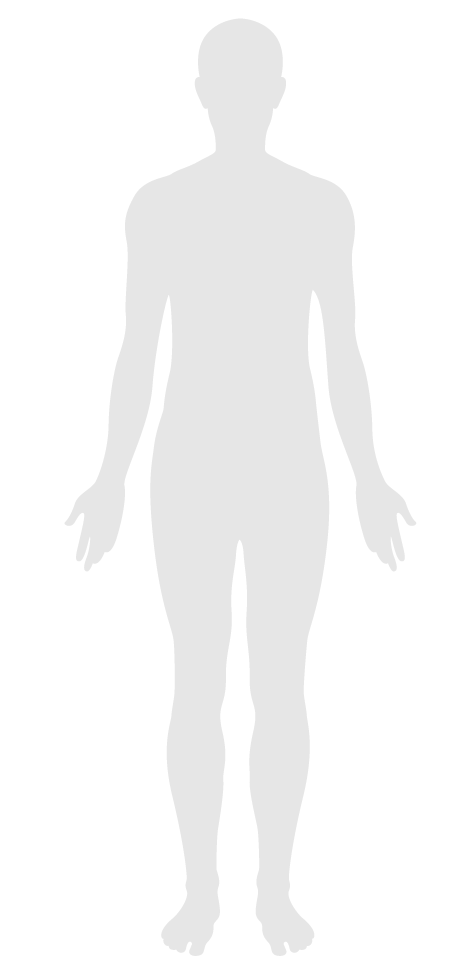Biophilia II - quantitative
- 83 Radiant thermal comfort
- 84 Health and wellness awareness
- 85 Integrative design
- 86 Post-occupancy surveys
- 87 Beauty and design I
- 88 Biophilia I - qualitative
- 89 Adaptable spaces
- 90 Healthy sleep policy
- 91 Business travel
- 92 Building health policy
- 93 Workplace family support
- 94 Self-monitoring
- 95 Stress and addiction treatment
- 96 Altruism
- 97 Material transparency
- 98 JUST organization
- 99 Beauty and design II
- 100 Biophilia II - quantitative
- 101 Innovation feature I
- 204 Impact reducing flooring
- 205 Health through housing equity
100. Biophilia II - quantitative
Biophilia recognizes our psychological need to be around life and life-like processes. The direct experience of nature or nature-derived patterns can improve experience, mood and happiness.
This feature calls for provision of indoor design elements reminiscent of the natural environment, including water features and plantings, as well as access to outdoor gardens and landscaped areas.
Individuals are given the option to take paid time from work to participate in volunteer activities as follows:
Wall and potted plants are incorporated into the design of interior space according to the following:
The following requirement is met:

Applicability Matrix
| Core & Shell | Tenant Improvement | New Construction | |
|---|---|---|---|
| Part 1: Charitable Activities | - | O | O |
| Part 2: Indoor Biophilia | - | O | O |
| Part 3: Water Feature | O | O | O |
| Commercial Kitchen | Schools | Multifamily Residential | Restaurant | Retail | |
|---|---|---|---|---|---|
| Part 1: Charitable Activities | - | O | - | O | O |
| Part 2: Indoor Biophilia | - | O | O | O | - |
| Part 3: Water Feature | - | O | O | O | - |
Verification Methods Matrix
| Letters of Assurance | Annotated Documents | On-Site Checks | |
|---|---|---|---|
|
PART 1 (Protocol) Charitable Activities |
Policy Document | ||
|
PART 2 (Design) Indoor Biophilia |
Architect | Spot Check | |
|
PART 3 (Design) Water Feature |
Architect | Spot Check |
| 100.1.b |
Marcus and Sachs' Therapeutic Landscapes: An Evidence-based Approach to Designing Healing provide guidelines for planting, including the provision of gardens that have an approximate ratio of 70% softscape (plants) to 30% hardscape. |
| 100.2.a |
Marcus and Sachs' Therapeutic Landscapes: An Evidence-based Approach to Designing Healing recommends providing opportunities for indoor nature connection, such as through the use of potted plants. |
| 100.2.b |
Marcus and Sachs' Therapeutic Landscapes: An Evidence-based Approach to Designing Healing recommends incorporating vegetation growing at multiple heights, such as through planted walls. |
| 100.3.a |
Marcus and Sachs' Therapeutic Landscapes: An Evidence-based Approach to Designing Healing recommends providing at least one water feature. |
